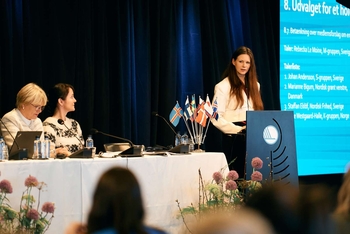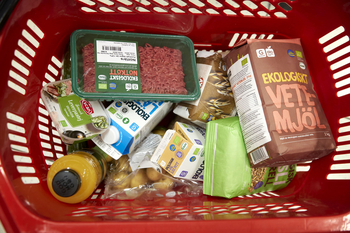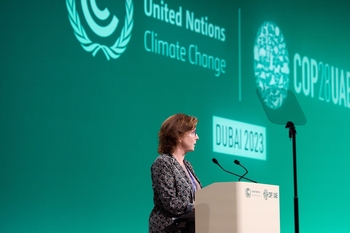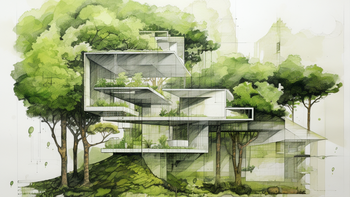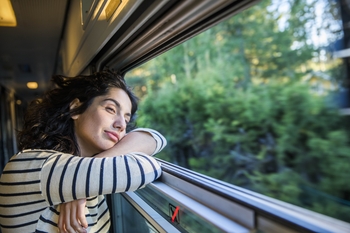Made of Courage - people in the forefront of bioeconomy
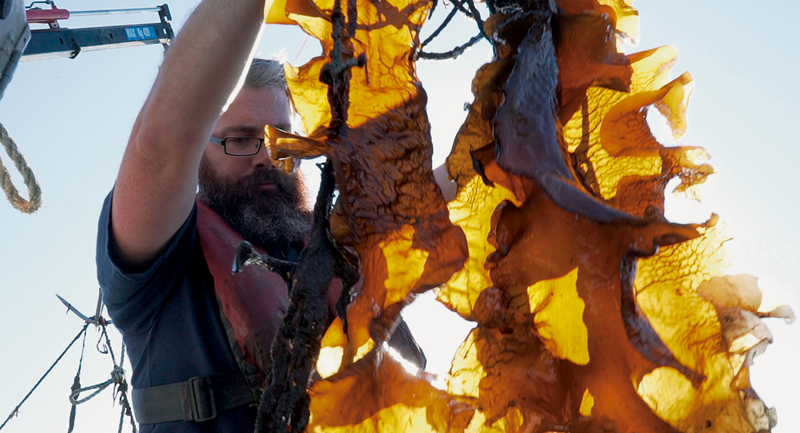
Tim Staufenberger harvesting seaweed and mussels
Growing Fuel Potential
In this episode, Jaakko Nousiainen talks about the challenge of pushing the boundaries and putting a career at stake in the name of innovation.
He also describes how their biofuel is made and the importance of steady regulations to allow the biofuel sector to flourish.
Jaakko Nousiainen, UPM Biofuels, shares his time between the forest, the control rooms and the lab where he oversees the production of the biofuel. The Nordic Bioeconomy Programme has released 15 action points to boost sustainable bioeconomy. Check out the stories of the people behind some of the most visible solutions in Nordic & Baltic states.
Designing Wooden Houses
Zaiga Gaile believes that a house should be designed and sized based on the dimensions of the trees it will be made of. Her approach fits into a specific vision of urbanism and challenges the use of wood in multi-storey buildings and large construction work.
The responsible use of wood in architecture shows great potential in Europe where concrete and aluminium have slowly taken over mainstream building work, at the expense of the environment.
Zaiga Gaile is a renown architect based in Riga, Latvia. She dedicated her career to renovating old wooden houses that are part of the region’s cultural heritage. The Nordic Bioeconomy Programme has released 15 action points to boost sustainable bioeconomy. Check out the stories of the people behind some of the most visible solutions in Nordic & Baltic states.
Crossing the Line
Dr. Tim Staufenberger is proudly developing a local mussel and algae farm in Kiel, Germany, selling his products not only for food but also to a high-end cosmetics brand.
To see his algae turned into cosmetics, Tim had to transcend sectors and adapt to new requirements and product specifications.
"I am the tiniest mussel farmer in the Baltic.” says Dr. Tim Staufenberger who is developing a local mussel and algae farm in Kiel, Germany. By taking up nutrients from the sea, his business is fighting eutrophication. The Nordic Bioeconomy Programme recently released, and these are the people behind some of the most visible solutions in Nordic & Baltic states.
Wearing Paper, Solving Fast Fashion
Paper pulp is a promising material as a basis to rethink the garments that are worn only a few times - a scenario where significant amounts of water, energy and chemicals could be saved.
Elin Larsson (Filippa K) and Sigrid Barnekow (MISTRA Future Fashion) collaborate on research and development efforts seeking to adapt materials to both slow and fast fashion models.
Elin Larsson, Filippa K, and Sigrid Barnekow, MISTRA Future Fashion, collaborate on exploring “speeds” of textile materials: How fast do garments move from the beginning to the end of their lifetime?
The Nordic Bioeconomy Programme has released 15 action points to boost sustainable bioeconomy. Check out the stories of the people behind some of the most visible solutions in Nordic & Baltic states.
The Trailer- featuring Christian Patermann
Beyond technological and environmental challenges, the bioeconomy space is particularly demanding, mainly because it requires innovators to transcend sectors and build relationships with unlikely partners.
“The area is more complicated, more sophisticated than others” highlights Dr. Christian Patermann in the series trailer. Commonly known as ‘The Father of Bioeconomy’, Dr. Patermann insists: “there is nothing more challenging than bio”.
